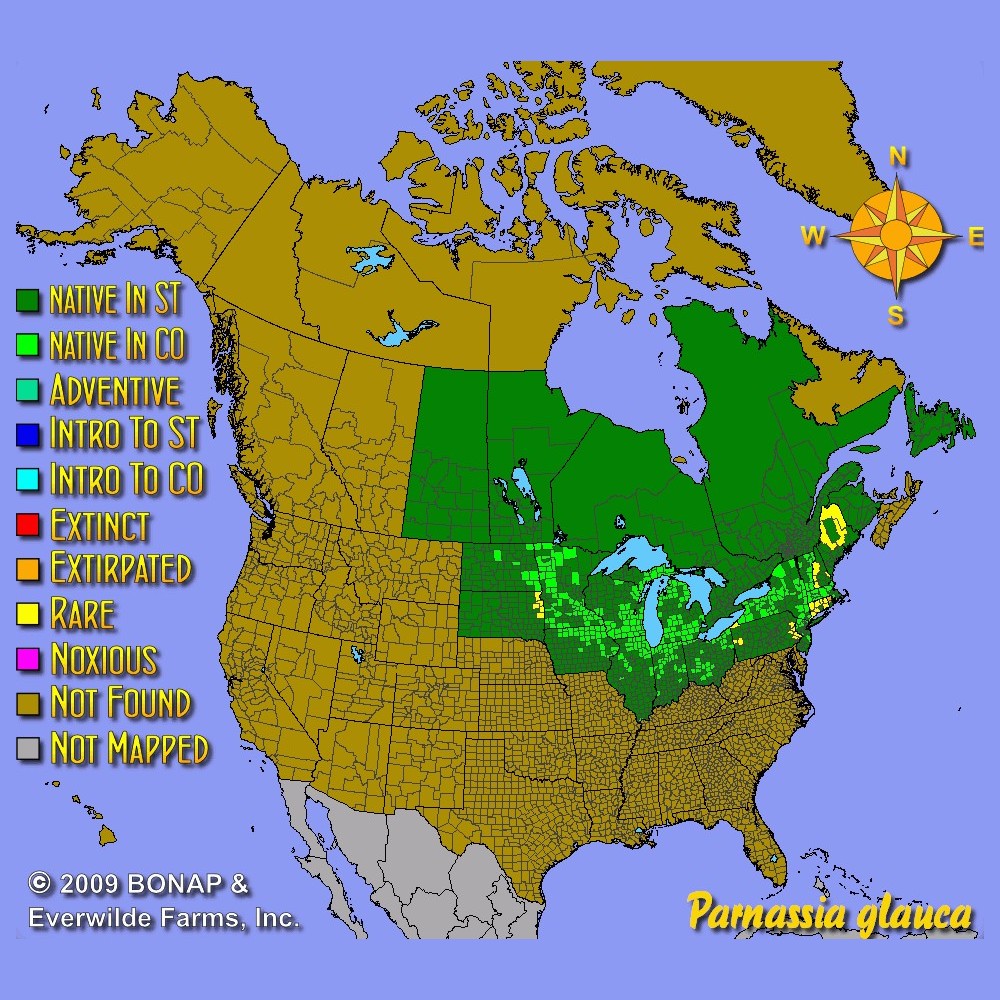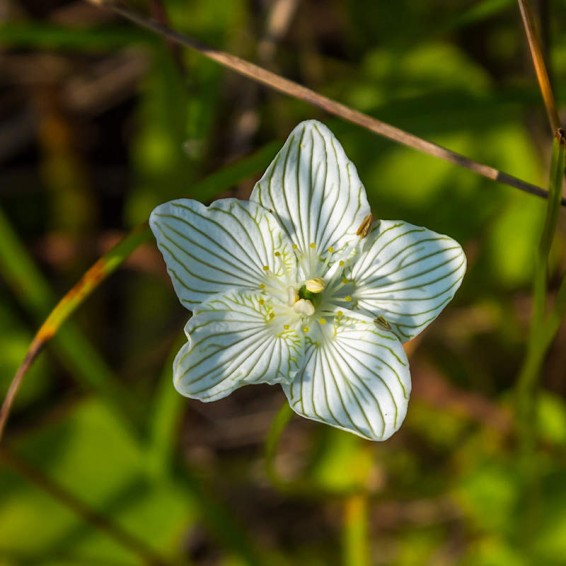Grass of Parnassus Seeds
Parnassia glauca
- HOW TO GROW
- FAST FACTS
HOW TO GROW
Sowing: Direct sow seeds in late fall; since they need light to germinate, press them into the surface of the soil. For spring planting, mix the seeds with moist sand and store in the refrigerator for 60-90 days before planting. Keep the soil lightly moist until germination, which can be irregular.
Growing: Keep both young and mature plants moist, since this plant needs constantly wet soil and even thrives in standing water.
Harvesting: These blossoms do not perform well as cut flowers, and are best enjoyed outdoors.
Seed Saving: After the flowers fade, pointed seed pods will develop that mature from green to brown. When ripe, they will split open at the top to reveal the tiny brown seeds. Shake the open pods over a container to remove the seed. Store the cleaned seed in a cool, dry place.
FAST FACTS
Common Names: Fen Grass of Parnassus
Latin Name: Parnassia glauca
Species Origin: US Native Wildflower
Type: Native Wildflowers
Life Cycle: Perennial
USDA Zones: 3, 4, 5, 6
US Regions: Midwest, Northern, Northeast
Seeds per Ounce: 275,000
Stratification: Warm/Wet for 4 Weeks, then Cold/Wet for 4 Weeks
Germination Ease: Stratify 8 Weeks
Sunlight: Full Sun
Height: 9 Inches
Color: White
Bloom Season: Blooms Late Summer, Blooms Early Fall, Blooms Late Fall
DESCRIPTION

HOW TO GROW
Sowing: Direct sow seeds in late fall; since they need light to germinate, press them into the surface of the soil. For spring planting, mix the seeds with moist sand and store in the refrigerator for 60-90 days before planting. Keep the soil lightly moist until germination, which can be irregular.
Growing: Keep both young and mature plants moist, since this plant needs constantly wet soil and even thrives in standing water.
Harvesting: These blossoms do not perform well as cut flowers, and are best enjoyed outdoors.
Seed Saving: After the flowers fade, pointed seed pods will develop that mature from green to brown. When ripe, they will split open at the top to reveal the tiny brown seeds. Shake the open pods over a container to remove the seed. Store the cleaned seed in a cool, dry place.
FAST FACTS
Common Names: Fen Grass of Parnassus
Latin Name: Parnassia glauca
Species Origin: US Native Wildflower
Type: Native Wildflowers
Life Cycle: Perennial
USDA Zones: 3, 4, 5, 6
US Regions: Midwest, Northern, Northeast
Seeds per Ounce: 275,000
Stratification: Warm/Wet for 4 Weeks, then Cold/Wet for 4 Weeks
Germination Ease: Stratify 8 Weeks
Sunlight: Full Sun
Height: 9 Inches
Color: White
Bloom Season: Blooms Late Summer, Blooms Early Fall, Blooms Late Fall





